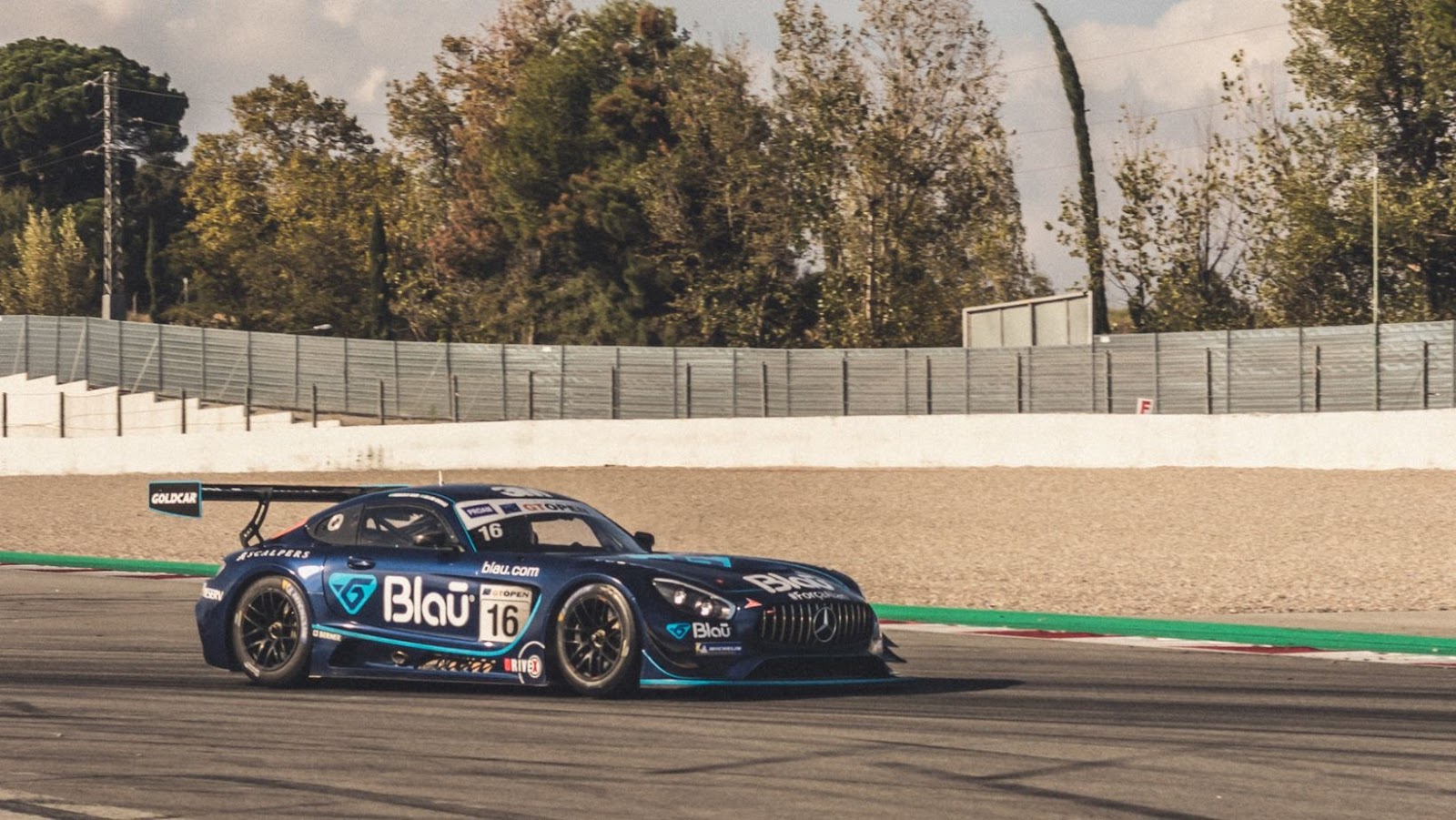Welcome to my blog! Here, we’ll be discussing the evolution of Formula One racing cars. We’ll explore how these cars have changed and evolved over time, and what makes them so unique and special. We’ll also discuss the future of Formula One racing cars, and what we can expect to see in the years to come. So whether you’re a Formula One fan or just curious about these amazing machines, join us on this journey through time!
Introduction
Formula One racing, also known as Grand Prix racing, is the premier class of auto racing. Its cars are among the fastest and most technologically advanced in the world. Although F1 racing is a relatively recent invention, its roots can be traced back to the early days of automobile racing.
The first Formula One race was held in 1950 at Silverstone, England. The sport has since grown to become a global phenomenon, with races taking place in countries all over the world. Despite its popularity, however, F1 racing remains a niche sport with a relatively small following.
Over the years, the cars used in Formula One races have changed dramatically. They have become faster, more powerful, and more sophisticated. Today’s F1 cars are truly marvels of engineering and stand at the cutting edge of automotive technology.
What is Formula One Racing Cars
The first Formula One cars were built in the 1930s and raced in the first World Championship season in 1950. These early cars were simple, open-wheel machines with basic suspension and engine designs. They were incredibly powerful, capable of reaching speeds of up to 160 mph (260 km/h).
Over the next few decades, Formula One cars underwent a number of evolutions. The engines became more powerful and sophisticated, and the chassis became stronger and more streamlined. Safety features were introduced, such as full-face helmets and seatbelts.

By the late 1980s, Formula One cars had become extremely fast and technologically advanced. They were capable of reaching speeds in excess of 200 mph (320 km/h) and were fitted with state-of-the-art electronic systems.
Today, Formula One cars are still at the cutting edge of technology. They are incredibly fast and agile, and are fitted with a range of sophisticated systems that help drivers to push them to their limits.
The First Formula One Cars
The first Formula One cars were built in 1946 and 1947. They were open-wheel, single-seat cars with no aerodynamic aids. The cars were very simple, with exposed tubular steel frames and no suspension other than springs and shock absorbers. The engines were typically either supercharged straight-six or V12s, producing around 260–290bhp. The first race was the 1946 Turin Grand Prix, which was won by Luigi Villoresi in a Maserati.
The Evolution of Formula One Cars
Formula One racing cars have come a long way since the first race in 1950. In the early days, cars were often homemade and not very reliable. Many drivers were killed or injured in accidents.
Today, Formula One cars are state-of-the-art, with the latest technology and safety features. They are extremely fast and can reach speeds of up to 230 mph (370 km/h).
While the basic design of Formula One cars has remained relatively unchanged over the years, there have been many changes and improvements. For example, newer cars have better aerodynamics to help them go faster and handle better. And, in recent years, the use of electronic driver aids (such as traction control) has been banned to make the racing more exciting.
The Modern Formula One Cars
The cars used in Formula One racing are the most technologically advanced and fastest cars in the world. They are purpose-built, single-seat, open-cockpit cars with substantial front and rear wings, and an engine located behind the driver.
Formula One cars must comply with a number of regulations that govern everything from their dimensions to the amount of power they can generate. The purpose of these regulations is to ensure that all Formula One cars are as safe as possible and that they provide a fair and level playing field for all competitors.
One of the most important safety features of modern Formula One cars is the “halo”. This is a titanium semi-circle that sits around the driver’s head, protecting them from flying debris in the event of a crash. The halo was introduced in 2018 after a number of serious accidents involving drivers being hit by flying debris.
Another safety feature is the “virtual safety car”. This is a system that is used when there is an accident on track or bad weather conditions. When the virtual safety car is deployed, all drivers have to slow down to a predetermined lap time. This ensures that there is less chance of another accident occurring while vehicles are being cleared from the track.

The engines used in Formula One cars are extremely powerful. They are typically 1.6 liter turbocharged V6 engines, which are capable of generating upwards of 1000 hp (750 kW). This power is transmitted to the wheels through an 8-speed semi-automatic gearbox. The gearbox must be able to withstand immense levels of torque and temperature, which is why it is often made from carbon fiber.
In order to achieve such high speeds, Formula One cars make use of highly advanced aerodynamics. The front and rear wings help to produce downforce, which presses the car onto the road and increases tire grip. This downforce also helps produce extra traction in corners, allowing drivers to take them at higher speeds than would be possible without it.
The Future of Formula One Cars
The future of Formula One cars is always evolving. The sport is constantly changing and adapting to new technologies and developments. The cars of tomorrow will be faster, lighter and more efficient than ever before.
The sport is also under pressure to become more environmentally friendly. The use of hybrid engines is becoming increasingly common, and it is likely that all Formula One cars will be powered by hybrid engines in the future. There are also plans to introduce electric cars to the sport, although this is not likely to happen in the near future.
Whatever changes are made, one thing is for sure – Formula One will continue to be the premier motorsport in the world, and the cars will continue to be at the cutting edge of technology.
Conclusion
Formula One racing cars have come a long way since the early days of the sport. Today, these cars are purpose-built machines that are designed to provide the ultimate in speed and performance. While the early cars were little more than modified street cars, today’s Formula One cars are true works of engineering art. If you’re a fan of Formula One racing, then you owe it to yourself to check out the evolution of these amazing machines.
